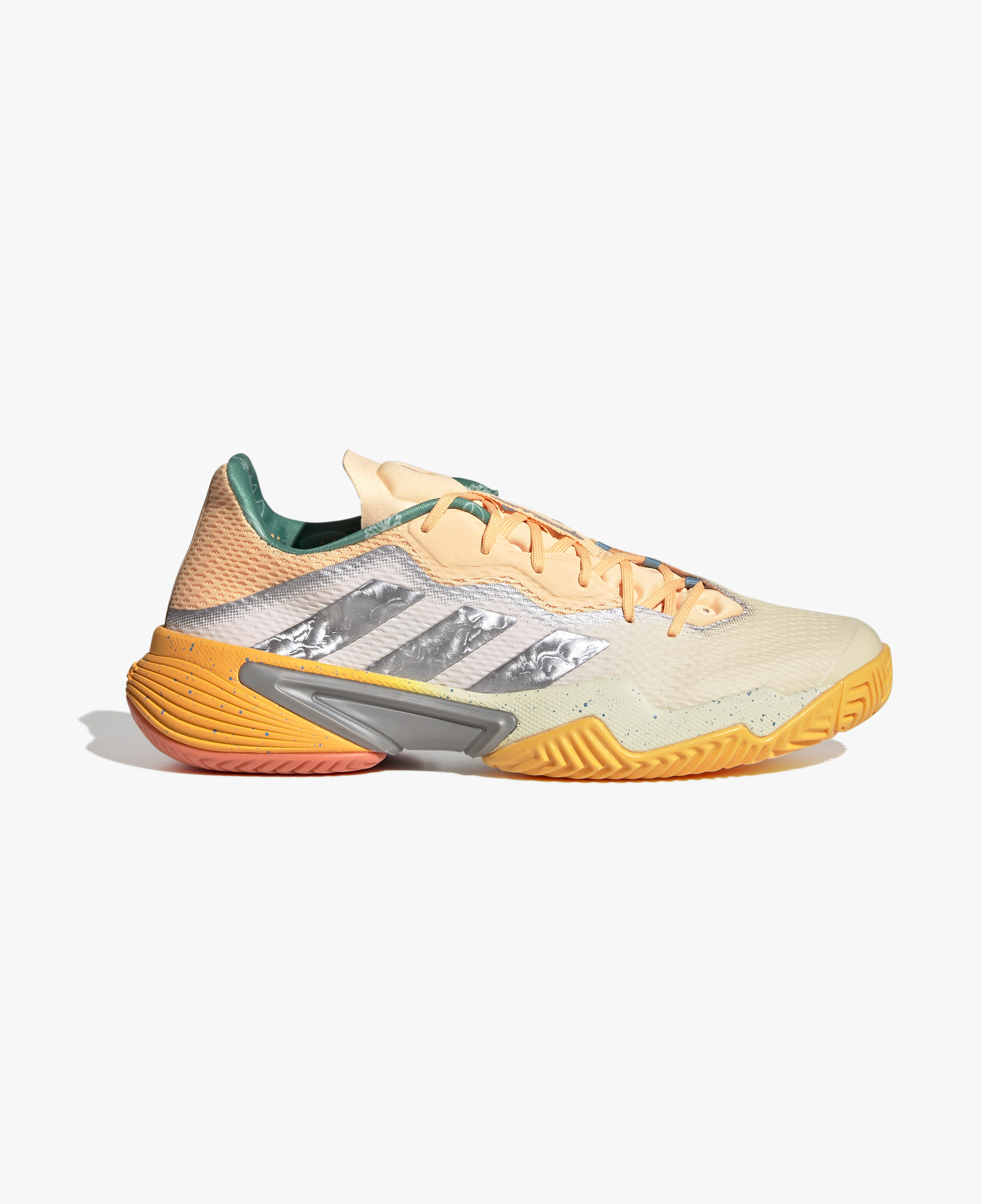By Tim Newcomb
For every great or iconic tennis shoe, there was one equally mundane. With every important or influential sneaker, one that failed to catch on and another that disappeared without a trace. And with bold new ideas come epic fails. Here, we present the greatest of misses.
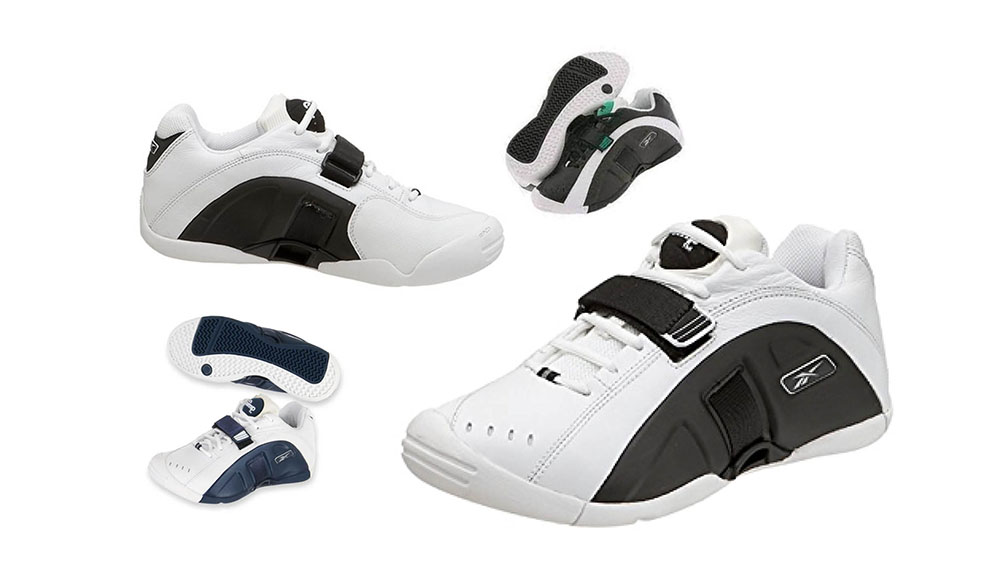
Reebok Match Day Pump (2006)
We loved Michael Chang in the Reebok Court Victory Pump in 1991. Loved it. So the release of the Reebok Match Day Pump in 2006 had lots of potential. Alas, it wasn’t to be. The shoe was incredibly bulky where it didn’t matter (think the upper, especially the side padding) and thin where it did (underfoot). The poor construction had the heavy shoes feeling like bricks on your feet, with scant cushioning. The overbuilt uppers also meant they would heat up intensely. Bringing the Reebok Pump tech back to tennis in the mid-2000s was a worthwhile attempt and, if done right, could have had a lasting impact for a brand now well outside of the tennis space.

Nike Air Zoom Ultrafly (2016)
When Nike attempted to “build a rocket ship for tennis” in 2016 with the Nike Air Zoom Ultrafly, they endeavored to pair a track spike to a tennis shoe. The result was catastrophic for wearers. Reviews the world over called it uncomfortable, toe-jamming, poorly ventilated, extremely stiff, difficult to break in, and lacking in traction. Nike, using Zoom Air, a Flyknit ankle cuff, a new lacing system, and a Pebax propulsion plate, had a vast wealth of technology at their disposal—and we applaud the use of technology. Harnessing that reservoir of resources is important, we just wish they would have play-tested these first.
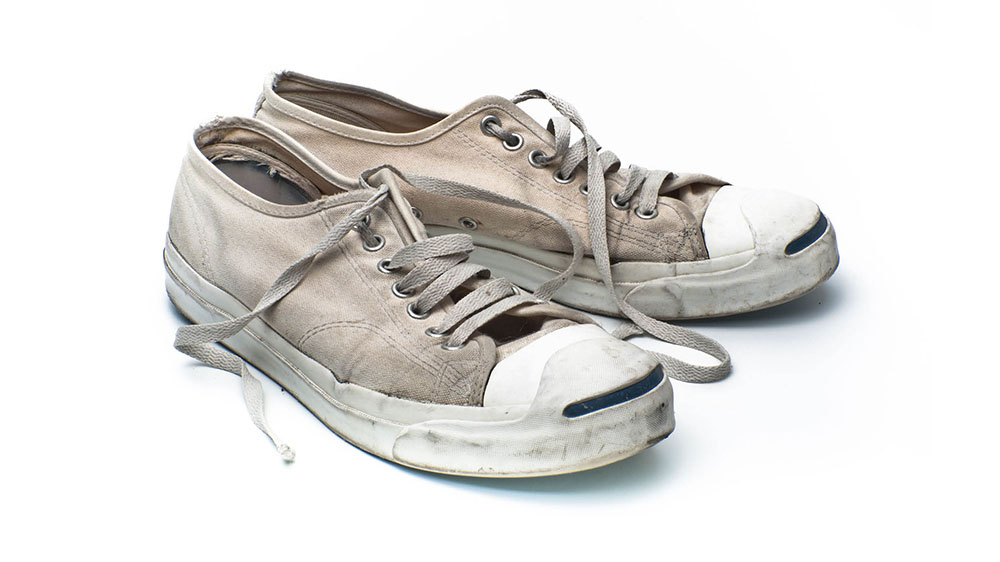
Converse Jack Purcell (2011)
You know you’re a fan of historic tennis footwear if you know the story of the Jack Purcell. The B.F. Goodrich Company out of Canada made a shoe in 1935 for Canadian badminton star Jack Purcell. The model became insanely popular in tennis, and Converse bought the rights to the shoe in the 1970s, keeping the “smile” alive. And while we commend Converse for still having the sneaker in its lifestyle line—Converse attempted to make a modern performance version for the Harvard tennis team in 2011—we wish they’d do more with it. The 2011 version was a heavy, clunky failure, but one they should have kept working at. Imagine having a modern-day Jack Purcell performance design alongside a heavily beefed-up lifestyle collection, allowing Converse to highlight one of the true origins of tennis footwear style that predates what most believe to be the classic tennis sneakers. Do more, Converse.
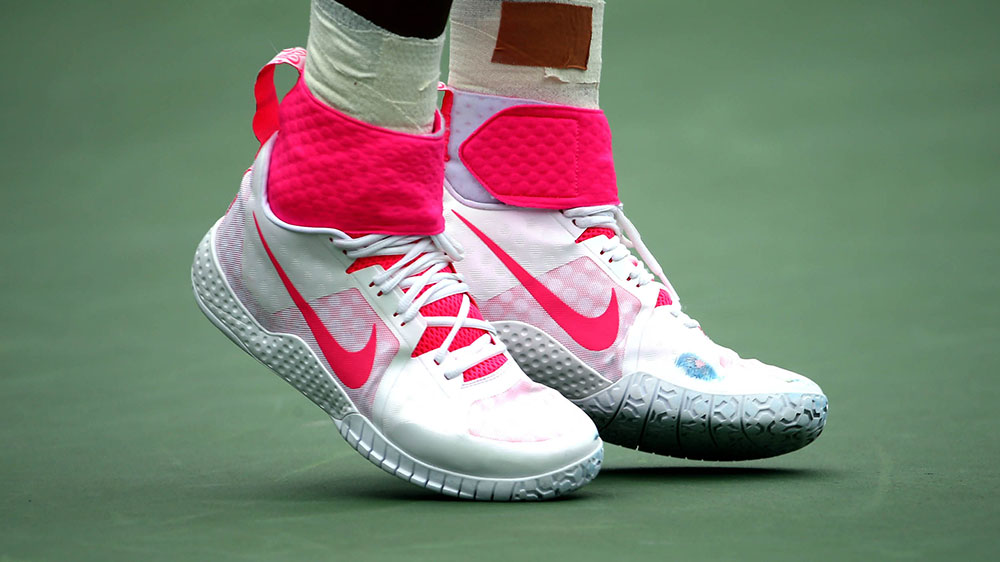
NikeCourt Flare (2015)
The mainstay of modern-day Serena Williams shoes doesn’t register as a miss because they’re a subpar sneaker, but because Nike failed to market them correctly. And now they don’t even exist. Nike made a splash in 2015 releasing the NikeCourt Flare based on the insight of Serena and taking cues from the popular Kobe Bryant signature basketball line. For a brand quick to hand out signature basketball sneaker styles, Nike still has never had a true signature tennis sneaker—the Vapor line was never the Federer Vapor, we didn’t see the Nadal Cage, and even the Air Tech Challenge II wasn’t officially the Agassi Air Tech Challenge II—and the Flare was the perfect shoe to make into a signature. Sure, Serena’s model had some very custom top-level tweaks for the superstar, but the NikeCourt Flare should have been the NikeCourt Serena Flare, should have been more widely worn, and shouldn’t have been discontinued while she was still playing.
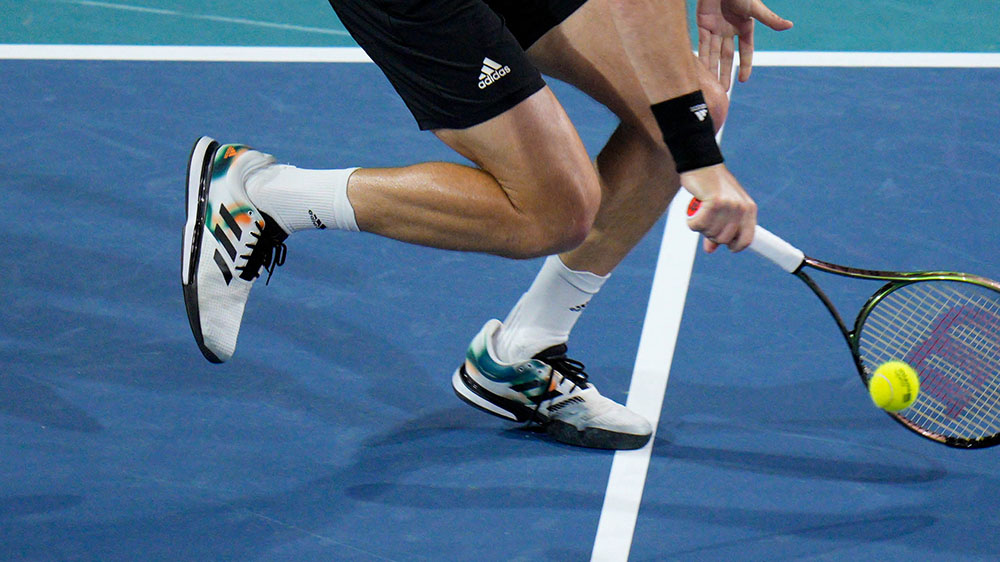
Adidas SoleCourt Boost (2019)
Adidas has dabbled in its famed Boost cushioning for tennis over the years. It appeared on a Barricade version in 2015, and when Adidas dropped the legendary line in 2018 to make way for the Court line, the German brand released the SoleCourt Boost. For how powerful Boost has become in lifestyle, running, and basketball, it has been a miss for tennis. The cushioning must be tuned properly for the hard-court tennis sneaker, and Adidas has struggled to get it right. The SoleCourt Boost could be so great, but the wide-open toe box, stiff upper, and general uncomfortableness of the product make it tough to reconcile the fact that it does have Boost. We believe, though, that Boost will one day have a place in tennis.
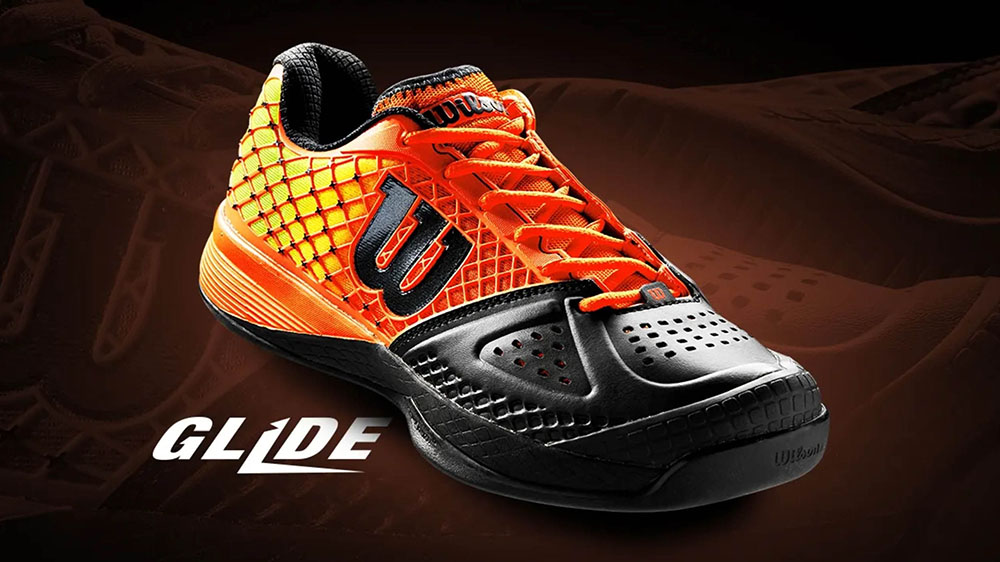
Wilson Glide (2016)
We commend the idea, commend the move into a niche. But we question the necessity. In 2016, Wilson unveiled the Glide, featuring polyethylene plates mixing with Duralast rubber and drag pads meant to allow for traction on propulsion and then the ability to slide on hard courts easier with the plates. The brand dubbed the Glide the world’s first high-performance tennis shoe design to “support, control and enhance how players slide on hard surfaces,” and said they could recover 30 percent quicker while covering the court faster. We applaud the attempt at innovation in tennis footwear, but there was no market for the shoe, nobody asking for the solution, and no reason to wear it.
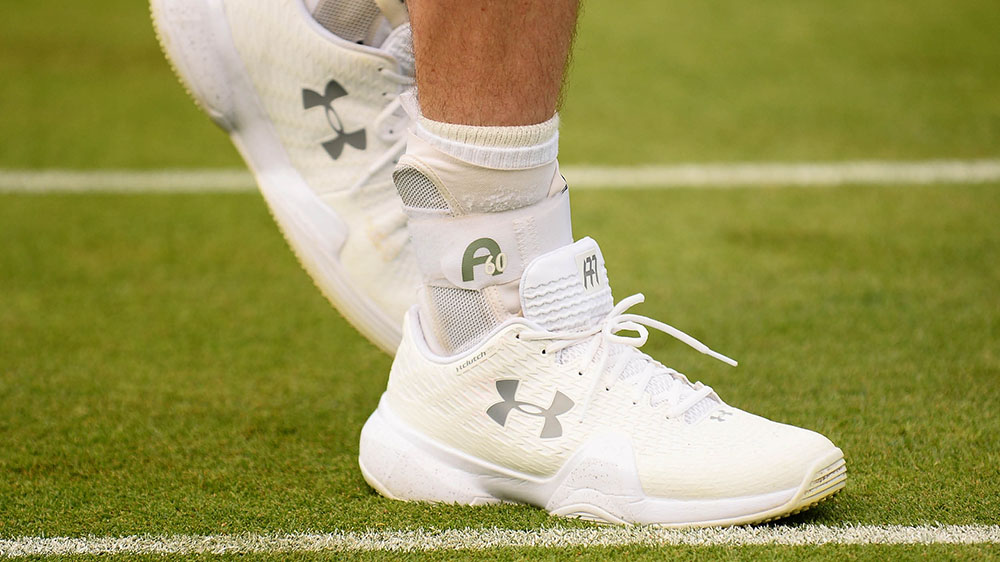
Under Armour (2015)
Under Armour tennis. That’s it; that’s the miss. Sure, it’s easy to pile on the Baltimore-based brand, especially right now, but Under Armour did tennis a disservice when it had Andy Murray from 2015 through 2018 (and Sloane Stephens from 2010 into 2018). We failed to get a healthy line of true tennis-specific gear from the brand, and it never produced a tennis sneaker for retail. Even the shoes that Murray wore—and still has for his on-court play, likely from his four-year deal, based on the yellowing of the polyurethane we saw in his 2021 Wimbledon run—were a simple knockoff of the Adidas Barricade Murray wore before switching sponsorship deals. Under Armour dropped plenty of money into tennis sponsorships but has nothing to show for it.
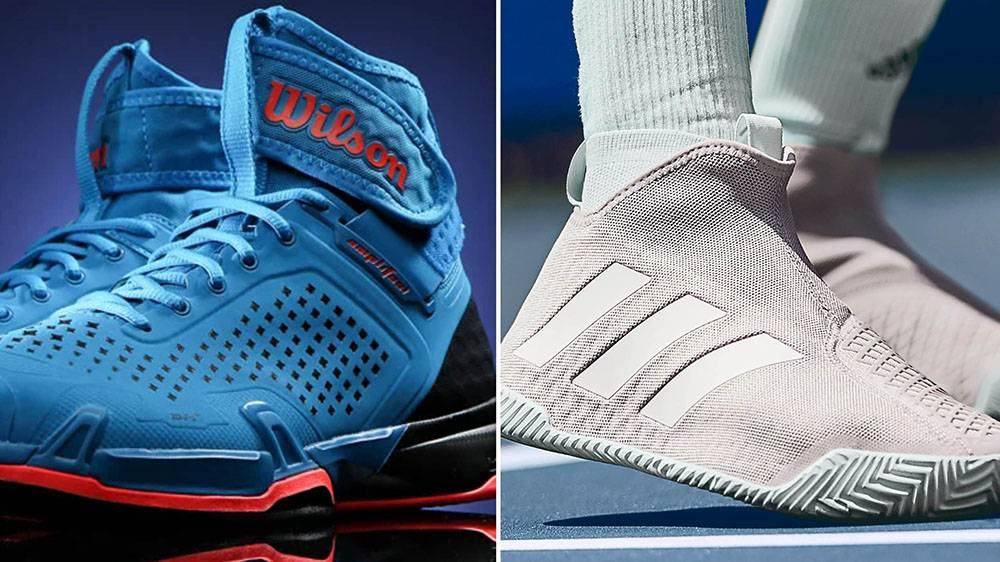
Wilson & Adidas: High-Top Tennis (2017, 2020)
Let’s again congratulate both Wilson and Adidas for trying something new in tennis, for attempting to move the sport forward. But we wish both would have simply done it better. When Wilson unveiled the high-top Amplifeel in 2017, we were eager to try a high-top on the court. After all, basketball—tennis footwear’s close cousin thanks to similar cutting movements—has been doing high-tops for decades. But the Amplifeel was highly bulky, simply uncomfortable, and well overbuilt. To be fair, the current-selling 2.0 does come lighter. Adidas tried its hand with a laceless high-top when the Stycon launched in 2020, but the execution was lacking. You know it’s going to be tough to get on when a shoehorn gets included in the box (the BOA Fit System version is far superior, to be fair), and the lack of customization with no laces made the fit suspect and the cushioning nonexistent, rendering the high-top experiment moot. Both could have been so much better.
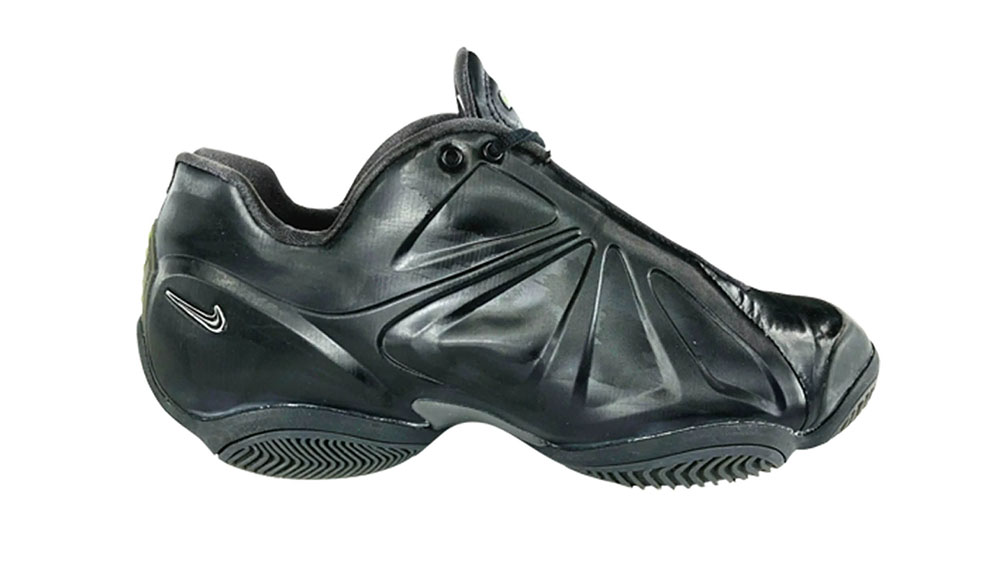
Nike Courtposite (2002)
The Nike Basketball Foamposite from 1997 was a massive hit. Penny Hardaway helped make that happen. The 2002 release of the Nike Courtposite for tennis, tied to Andre Agassi at the time, was a fantastic basketball-tennis crossover idea and a noble attempt at freshening up tennis at the time, but it also lacked in execution. The one-piece Posite upper was the opposite of breathable and wasn’t exactly a model of flexibility. The material simply didn’t work on the court, and Agassi never even wore them. We wish they would have worked simply for the cool factor, but they simply didn’t.
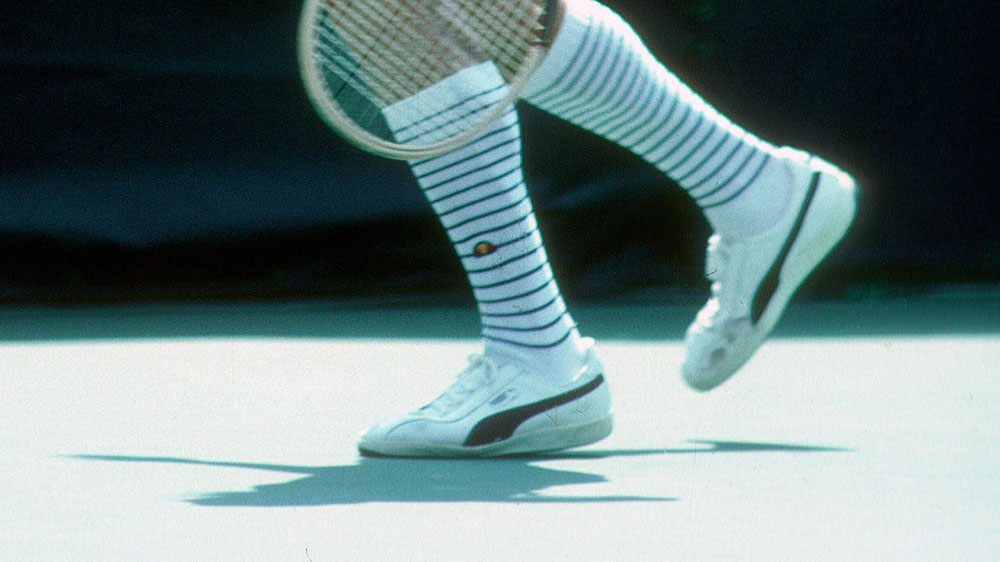
Puma (Modern Day)
Boris Becker. Guillermo Vilas. Martina Navratilova. Puma had style, especially in the 1980s. The Puma GV Special, the signature sneaker for Vilas, was a powerhouse for the flashy Argentine. Puma helped take mainstream athletics into the world of fashion, and the GV Special even lives on in lifestyle today. But as Puma embraced all things fashion and style, they forgot their performance roots along the way—this was a theme for the German brand across multiple performance sports in the 21st century, even though the brand has successfully reentered such sports as basketball and running—and the lack of Puma’s clever mix of style and performance has left a void on tennis courts.
Tim Newcomb covers sneakers and style for Racquet. Follow him on Twitter at @tdnewcomb.


